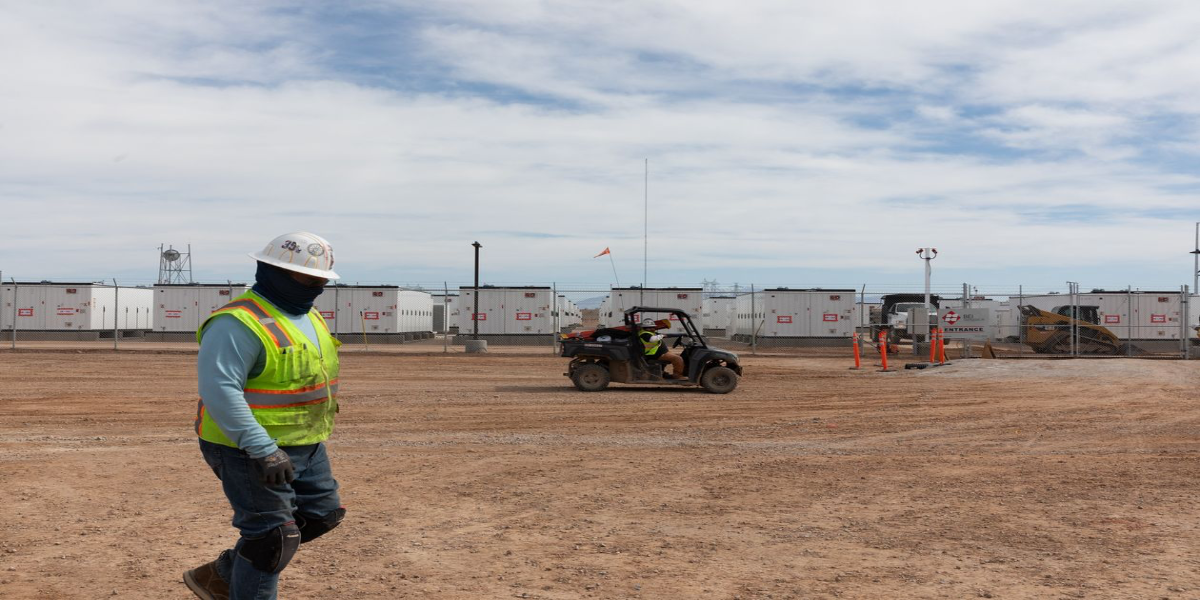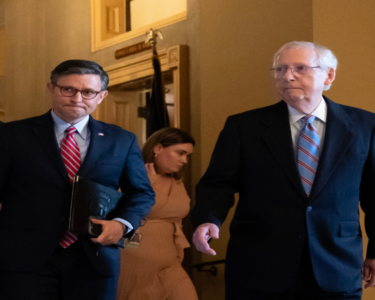The Biden administration’s ambitious plan to pour billions into transitioning from fossil fuels to clean energy, particularly in areas like Moapa, Nev., is faltering in its promise to create new jobs. This comes as a blow to a key component of the administration’s strategy, with Moapa serving as a prime example of the policy’s shortcomings.
In 2017, a coal power plant near Moapa that once employed up to 300 people was shut down. Subsequently, NV Energy, a Berkshire Hathaway Energy subsidiary, transformed the site into a battery storage facility for energy from nearby solar panels. The $257 million project, boosted by approximately $100 million in federal tax credits under President Biden’s Inflation Reduction Act, was touted as a cornerstone of job creation and local economic development.
However, reality paints a different picture. The construction and installation of the batteries employed around 200 workers for about a year, but only five jobs are required for ongoing maintenance and operations. What’s more, NV Energy had planned this investment even before the passage of the Inflation Reduction Act, which offers an additional 10% tax credit for solar and wind projects in “energy communities.”
NV Energy executives, like CEO Doug Cannon, argue that the federal funds enable the utility to invest while keeping consumer energy costs low. However, this stance overlooks the administration’s overstated vision for job creation in the clean energy sector.
The idea behind these “place-based policies” — using subsidies to generate jobs in distressed areas — is a cornerstone of the Biden administration’s economic strategy. Officials are hopeful that clean energy and technology incentives will eventually reduce geographic inequality across the U.S. Yet, there’s growing skepticism about the effectiveness of these policies, especially given the broad eligibility for energy-community credits.
Economist David Neumark from the University of California, Irvine points out a fundamental flaw in these incentives: they often subsidize jobs that would have been created regardless of the credit, raising questions about their true efficacy.
For NV Energy, the former coal plant site’s proximity to the electrical grid made it a prime location for energy storage. Before the Inflation Reduction Act was even passed, plans were underway to store batteries from Chinese giant BYD at the site. These batteries became operational last year, aiding the distribution of solar power in the Las Vegas area.
But the benefits of these projects to targeted communities are questionable. The jobs created by solar and wind power are often temporary and concentrated in construction, offering little long-term economic stability to the areas in question.
Brad Munford, an electrician from outside Las Vegas, illustrates this uncertainty. While solar projects have been a steady source of work, gaps between jobs can last months. The Biden administration’s rhetoric about creating stable union jobs in the clean energy sector is met with skepticism by some union officials, who see these jobs as less stable than traditional utility roles.
The problem is compounded by the fact that many of these construction jobs don’t necessarily go to local community members. Workers like Victor Rodriguez often travel from other states for these projects, staying in temporary accommodations and not contributing long-term to the local economy.
The case of Moapa, Nev., highlights a significant flaw in the Biden administration’s clean energy job creation strategy. It raises serious questions about the effectiveness of government subsidies in generating sustainable local economic growth and underscores the need for a more pragmatic and results-oriented approach to federal investment in clean energy and job creation.




